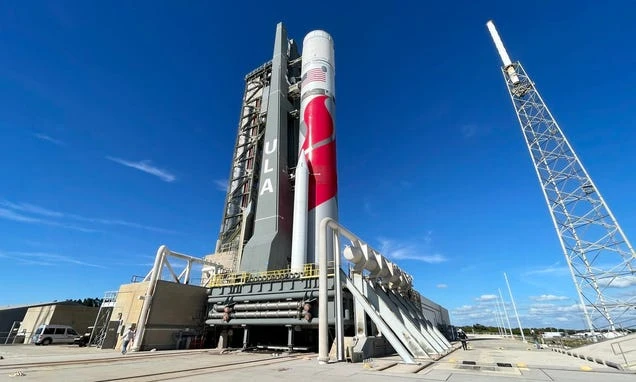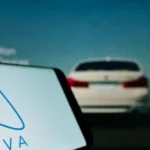ULA’s Vulcan centaur Rocket Set to Launch Monday, a Challenge to SpaceX
On Monday, January 8, United Launch Alliance’s Vulcan centaur could finally perform its first flight. ULA has been a rock in the spaceflight industry since its founding in 2006, and with this pending launch, the company is ready to take its next bold step into space.
A New Era in spaceflight
The 202-foot-tall (61.6-meter) Vulcan centaur rocket is set to launch from Space Launch Complex-41 at Cape Canaveral. This is a huge deal, as it marks the debut of ULA’s first new rocket design in 18 years. While the (mostly) expendable Vulcan centaur may not be revolutionary from a technological perspective, it represents a significant evolutionary step for ULA, a joint venture of Lockheed Martin Corporation and The Boeing Company.
National Security and Commercial Intentions
The Vulcan centaur rocket is vital for U.S. national security and commercial space interests, whether it be for deploying critical reconnaissance satellites or private space ventures.
Design and Capability
The Vulcan centaur rocket is designed to meet the requirements of the U.S. Space Force and intelligence agencies for national security satellite launches. It’s a highly versatile rocket, equipped with the capability to launch multiple payloads simultaneously.
Challenging the Status Quo
Vulcan Centaur’s developmental journey was significantly influenced by both geopolitical events and competitive pressures in the aerospace industry. The annexation of Crimea by Russia in 2014 was a pivotal moment. This situation, coupled with growing competition from SpaceX, spurred ULA’s decision to collaborate with blue origin in developing the BE-4 engines, signifying a tactical shift toward greater national self-reliance in rocket engine technology.
Technical Specifications
The Vulcan centaur’s payload fairings, designed to accommodate a wide range of missions, can reach up to 70 feet (21.3 meters) in length and 17.7 feet (5.4 meters) in diameter. Its maximum capability allows it to carry up to 25.8 metric tons to LEO and 7 metric tons to GEO.
Cost Efficiency and Competition
Vulcan centaur’s cost-effectiveness could prove beneficial in the long term. This development signals a tightening competition in the space launch sector. Customers must weigh other considerations beyond just launch costs, such as fairing adaptability and the increasing issue of backlogs.
Market Impact and Competition
Vulcan will serve as a major workhorse for the Pentagon, lifting critical national Security payloads into orbit and playing a pivotal role in U.S. defense strategy. Vulcan is poised to capture (and has already captured) a significant share of U.S. military contracts, challenging SpaceX’s recent uptick in this sector.
Space Exploration and Partnership
ULA is collaborating with a NASA-funded endeavor. The rocket’s initial mission involves under the space agency’s commercial lunar payload services program.
Challenges and Opportunities
It hasn’t been a smooth path to the starting line. In development since 2014 and originally slated for launch in 2019, Vulcan centaur has faced its share of challenges, including, delays stemming from the covid-19 pandemic.
Future Prospects
At a November media roundtable, bruno revealed that Vulcan rockets have a backlog of over 70 future launches worth billions, with an aim to launch two Vulcans per month by the end of 2025.
Conclusion
Regardless of the challenges, ULA’s Vulcan centaur is set to make a significant impact on the space launch sector with its innovative design, cost-effectiveness, and potential for further developments. As ULA takes its next bold step into space, the industry can anticipate increased competition and advancement in space exploration capabilities.
Source: gizmodotech








No Comments